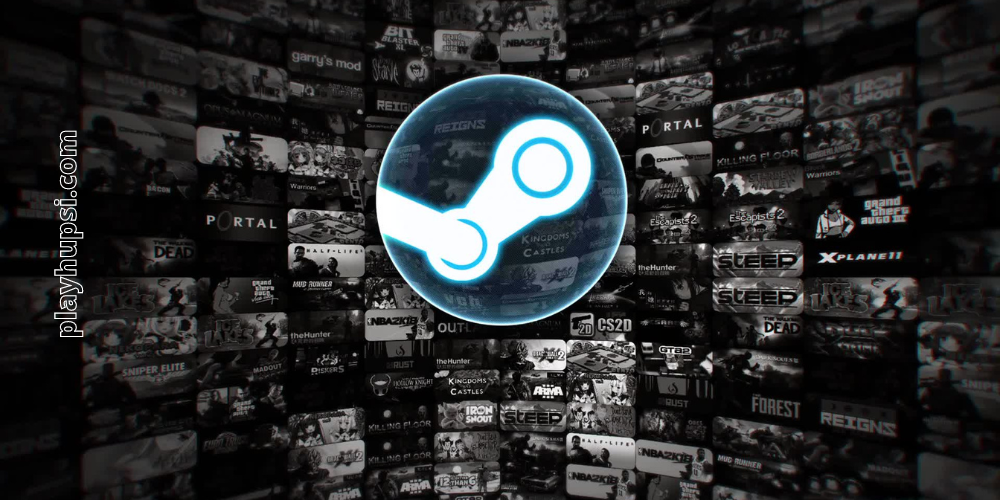29 Mar
Alison Harvard

Steam, the popular video game platform, has announced that it will abandon support for current versions of the Windows OS – Windows 7 and 8.1 – starting January 1, 2024. This is because the latest features of Steam rely on the built-in version of Google Chrome, which no longer works on these older versions of Windows. Furthermore, future versions of Steam will require updates to Windows features and security present only on Windows 10 and above. As such, for those still running on older Windows systems, the only thing left to do is upgrade to newer software.
Data from the February survey reveals that Windows 7 holds a market share of 1.52%, while Windows 8.1 has 0.34%. These systems have not been supported by Microsoft since January 10 of this year, and the decision of Valve Software to terminate their support for the old systems is understandable.
The app, which is essentially a browser, works completely differently in the Windows 10 system. It is able to use certain features of Chrome, and as such, it can make use of a much more sophisticated set of features. For instance, the app has virtual reality support and game-streaming, which works much better in the newest version of Windows.
In addition to the features and upgrades, Windows 10 also provides a more secure environment. The newer Windows OS is equipped with features such as Windows Defender and Windows Firewall, which add extra protection to the system against malicious attacks. Furthermore, this OS also has better overall performance and stability, making it much more efficient.
Overall, it’s clear that Steam’s decision to end support for older versions of Windows is justified. These systems are no longer supported by Microsoft, and the latest features in Steam require the built-in version of Google Chrome, which does not work on such systems. As such, for those still running on Windows 7 and 8.1, the only option is to upgrade to Windows 10. This will provide not only the latest features for Steam but also overall better performance, stability, and security for the system.
